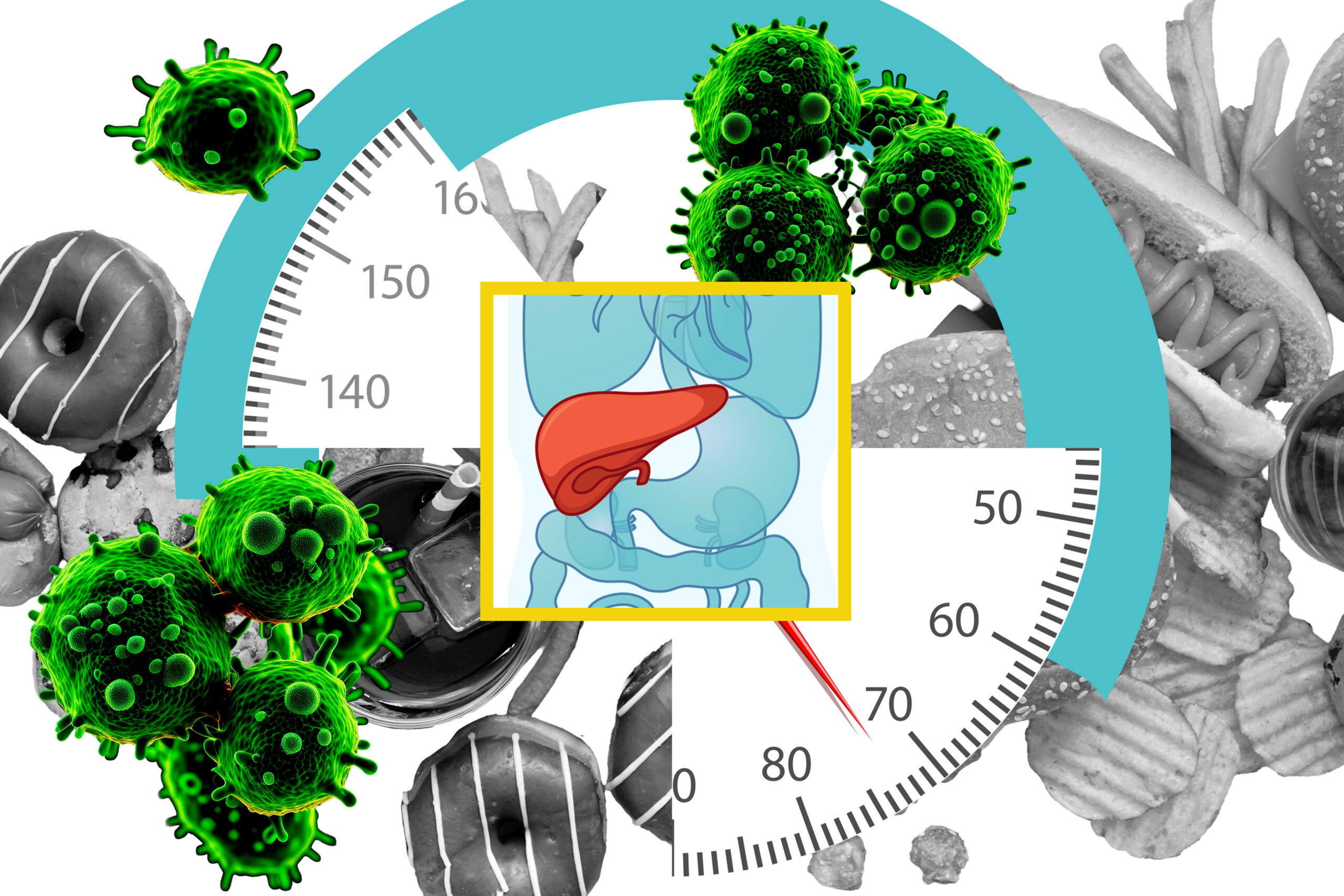3 Questions: Professor Mei Hong’s latest research reveals the long-awaited structure of a bacterial membrane transporter involved in multidrug resistance.
Cutting edge NMR technique from the Hong Lab has helped to solve a long-standing biomedical and structural biology mystery.
Researchers in Professor Mei Hong’s lab, in collaboration with Professor Katherine Henzler-Wildman of the University of Wisconsin, Madison, have reached the exciting resolution of a long-awaited structure of a renowned bacterial membrane transporter involved in multidrug resistance.
Despite decades of study, an atomic resolution structure of the drug binding site had not been obtained. Using an advanced 1H-19F distance solid-state NMR technique that the Hong lab recently developed to measure many distances to nanometers, the researchers were able to determine the structure of the drug-binding site of this bacterial transporter.
This paper, entitled “Structure and dynamics of the drug-bound bacterial transporter EmrE in lipid bilayers,” was published in Nature Communications on January 8, 2021.
Q: How did the new solid-state NMR technique allow the researchers to approach this work in a way that was previously impossible?
A: Our proton-fluorine distance-measuring NMR technique combines two nuclei with the highest magnetic moments in a chemically orthogonal way to determine ligand binding to biological macromolecules. Both proton (1H) and fluorine-19 (19F) are spin-1/2 nuclei, which means they are easy to control using NMR pulse sequences. Both are nearly 100% abundant in nature, which means their NMR sensitivity is high. The high magnetic moments of these two nuclei also makes the dipolar couplings between them strong, which means researchers can measure distances between them to ~2 nm. This distance range is much longer than the measurable distances of 5-8 angstroms between low-magnetic-moment nuclei such as carbon-13 and nitrogen-15. Moreover, the conventional approach of measuring distances is slow for two reasons: 1) usually distances were measured one at a time or a few at a time, by resolving signals in 1D NMR spectra. So, the throughput is low. 2) usually the spectra of low-sensitivity nuclei such as carbon-13 were detected, which have low sensitivity. Our new technique detects 2D NMR spectra through the high-sensitivity 1H spins and encodes many nanometer 1H-19F distances in terms of the intensities of many peaks in the 2D spectra. In this way, we dramatically speed up the distance measurements. For the bacterial transporter EmrE in this paper, we measured about 70 1H-19F distances in 4 days, which is an unprecedented speed. Our approach can be readily extended to 3D NMR, if desired, to detect even more distances.
From a chemical perspective, the choice of fluorine as the cornerstone of our new “nanometer NMR ruler” is strategic. Fluorine is present in about 30% of all medicinal compounds because of its favorable chemical properties. At the same time, they are not naturally present in biological macromolecules. So fluorines represent discrete and tractable atomic spies to reveal how small-molecule drugs bind their protein or nucleic acid targets.
Q: How has the discovery of this bacterial membrane transporter structure expanded the understanding of the molecular basis of promiscuous transport?
A: Although biochemists have known that the EmrE family of bacterial proteins can export multiple substrates (antibiotics) across the membrane out of the cell, the molecular basis for this promiscuity has been unclear. As recent as 2018, the best known structural information of EmrE came from molecular dynamics simulations that refine previous low-resolution structures. The lack of an atomic-resolution structure of the substrate binding pocket of EmrE put many biophysical studies on a somewhat speculative ground.
We determined the high-resolution structure of the binding site of fluorinated tetraphenylphosphonium (TPP) on the basis of more than 200 protein-drug 1H-19F distances. The structure provided two key insights. First, the binding pocket is spacious, allowing the substrate to rotate rapidly at ambient temperature. We observed this fast rotation in the 19F NMR spectra of the drug. The roominess of the binding pocket explains the ability of EmrE to bind other polyaromatic drugs. Then one might ask why the substrate remains bound at all instead of dissociating. The reason is that the drug is surrounded by multiple aromatic residues, including Trp63, Tyr60, Tyr40, and Phe44. This constellation of aromatic residues traps the drug like a cage and keeps it sufficiently long for export by virtue of the protein conformational motion. Second, our high-resolution structure shows that the drug is bound asymmetrically between the two subunits of the dimeric protein. In particular, TPP is closer to a crucial Glu14 residue on subunit A than subunit B. This is important because Glu14 is the proton-binding residue of EmrE, and drug export is coupled to proton import. This coupling between drug and proton movement is an intricate process whose equilibria and kinetics are being actively investigated in the field. Our study provides a structural explanation of the previous result that the two Glu14 residues have different proton-dissociation constants.
Q: What impact, either immediate or potential, will the discovery of this bacterial membrane transporter have on future research?
A: With this first atomic view of the substrate binding pocket of EmrE, medicinal chemists can begin to design efflux pump inhibitors to combat antibiotic resistance. Such inhibitors often resemble substrates but should outcompete the substrates for binding, and moreover should prevent the protein from undergoing the alternating access motion to complete the transport cycle. This is a fascinating problem both on the fundamental science level and on the public health level.





